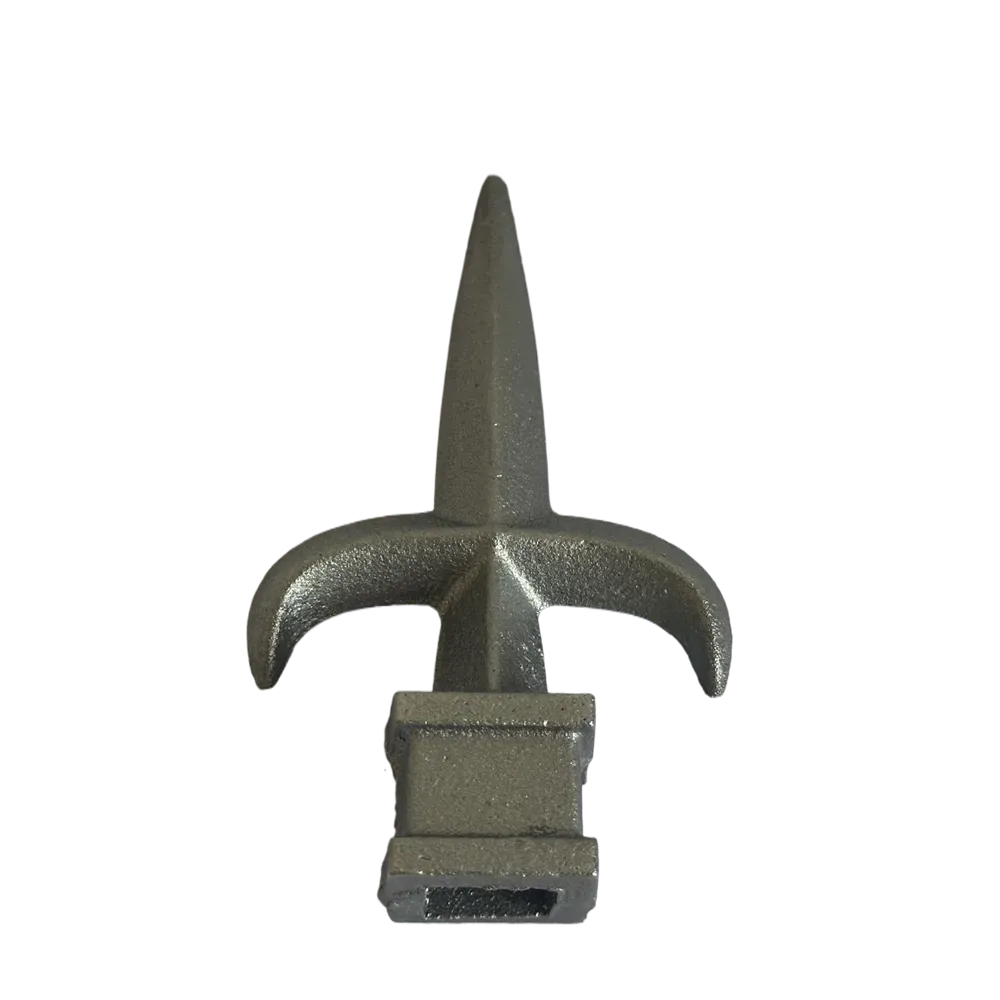Thermal Insulation Properties of Aluminum Profiles for Energy-Efficient Building Design
Understanding Thermal Break Aluminum Profiles Importance and Applications
In modern architecture and construction, energy efficiency has become a critical focus, especially with increasing concerns over climate change and energy consumption. One of the most innovative solutions designed to enhance energy performance while maintaining structural integrity is the thermal break aluminum profile. This article seeks to explore the concept, benefits, and applications of thermal break aluminum profiles in today’s construction industry.
What are Thermal Break Aluminum Profiles?
Thermal break aluminum profiles are specially designed components that separate the interior and exterior sides of aluminum frames to minimize the transfer of heat. This separation is typically achieved through the inclusion of a material with low thermal conductivity, such as polyamide or polyurethane, which acts as an insulator. As a result, thermal break profiles significantly reduce heat transfer, thereby improving the energy efficiency of buildings.
The Importance of Thermal Break Profiles
1. Energy Efficiency One of the main advantages of thermal break aluminum profiles is their ability to reduce energy consumption in buildings. By minimizing heat transfer, these profiles help maintain a consistent indoor temperature, reducing reliance on heating and cooling systems. This leads to lower energy bills and decreased carbon emissions, contributing to a more sustainable environment.
2. Condensation Control Another critical benefit is the reduction of condensation risks. Properly insulated aluminum profiles help prevent moisture build-up, which can lead to mold growth and degradation of building materials. This is particularly important in regions with high humidity or drastic temperature changes.
3. Improved Comfort Thermal break aluminum profiles enhance occupant comfort. By maintaining a stable indoor temperature and minimizing drafts, these profiles create a more pleasant living and working environment. This is especially important in residential buildings, offices, and commercial spaces where occupant satisfaction significantly impacts overall productivity and well-being.
4. Durability and Aesthetics Aluminum is renowned for its strength and durability, making it an ideal choice for construction. Thermal break aluminum profiles combine this strength with aesthetic flexibility, allowing architects and designers to create modern, stylish facades without compromising performance. The profiles can be finished in various colors and textures, making them suitable for diverse architectural styles.
thermal break aluminum profile

Applications of Thermal Break Aluminum Profiles
Thermal break aluminum profiles find applications across various sectors of the construction industry, including
1. Windows and Doors One of the most common uses of thermal break profiles is in windows and doors. By incorporating these profiles into window frames and door systems, manufacturers can offer products that meet stringent energy efficiency standards without sacrificing style or performance.
2. Curtain Walls In commercial buildings, thermal break aluminum profiles are essential in curtain wall systems. They provide the necessary insulation while supporting large glass panels typically used in modern architectural designs. This helps create stunning visual effects while ensuring energy performance.
3. Skylights and Rooflights High-performance thermal break profiles are increasingly used in skylights and rooflights to enhance natural lighting without compromising thermal efficiency. This application is vital in both residential and commercial buildings, as it allows for bright, airy spaces with minimal environmental impact.
4. Balustrades and Railings In outdoor applications, thermal break profiles offer an excellent solution for balustrades and railings, providing safety without risking heat transfer issues. They can be customized for various designs while ensuring compliance with safety regulations.
Conclusion
Thermal break aluminum profiles represent a significant advancement in the construction industry, addressing the pressing need for energy-efficient solutions. They not only facilitate energy conservation and occupant comfort but also offer aesthetic appeal and versatility in design. As building codes evolve to prioritize sustainability, the adoption of thermal break aluminum technology will likely continue to rise, setting a new standard for energy-efficient construction practices. Embracing this innovative solution not only benefits individual buildings but contributes to a broader commitment to environmental stewardship and sustainable living.
-
Wrought Iron Components: Timeless Elegance and Structural StrengthNewsJul.28,2025
-
Window Hardware Essentials: Rollers, Handles, and Locking SolutionsNewsJul.28,2025
-
Small Agricultural Processing Machines: Corn Threshers, Cassava Chippers, Grain Peelers & Chaff CuttersNewsJul.28,2025
-
Sliding Rollers: Smooth, Silent, and Built to LastNewsJul.28,2025
-
Cast Iron Stoves: Timeless Heating with Modern EfficiencyNewsJul.28,2025
-
Cast Iron Pipe and Fitting: Durable, Fire-Resistant Solutions for Plumbing and DrainageNewsJul.28,2025
-
 Wrought Iron Components: Timeless Elegance and Structural StrengthJul-28-2025Wrought Iron Components: Timeless Elegance and Structural Strength
Wrought Iron Components: Timeless Elegance and Structural StrengthJul-28-2025Wrought Iron Components: Timeless Elegance and Structural Strength -
 Window Hardware Essentials: Rollers, Handles, and Locking SolutionsJul-28-2025Window Hardware Essentials: Rollers, Handles, and Locking Solutions
Window Hardware Essentials: Rollers, Handles, and Locking SolutionsJul-28-2025Window Hardware Essentials: Rollers, Handles, and Locking Solutions -
 Small Agricultural Processing Machines: Corn Threshers, Cassava Chippers, Grain Peelers & Chaff CuttersJul-28-2025Small Agricultural Processing Machines: Corn Threshers, Cassava Chippers, Grain Peelers & Chaff Cutters
Small Agricultural Processing Machines: Corn Threshers, Cassava Chippers, Grain Peelers & Chaff CuttersJul-28-2025Small Agricultural Processing Machines: Corn Threshers, Cassava Chippers, Grain Peelers & Chaff Cutters












